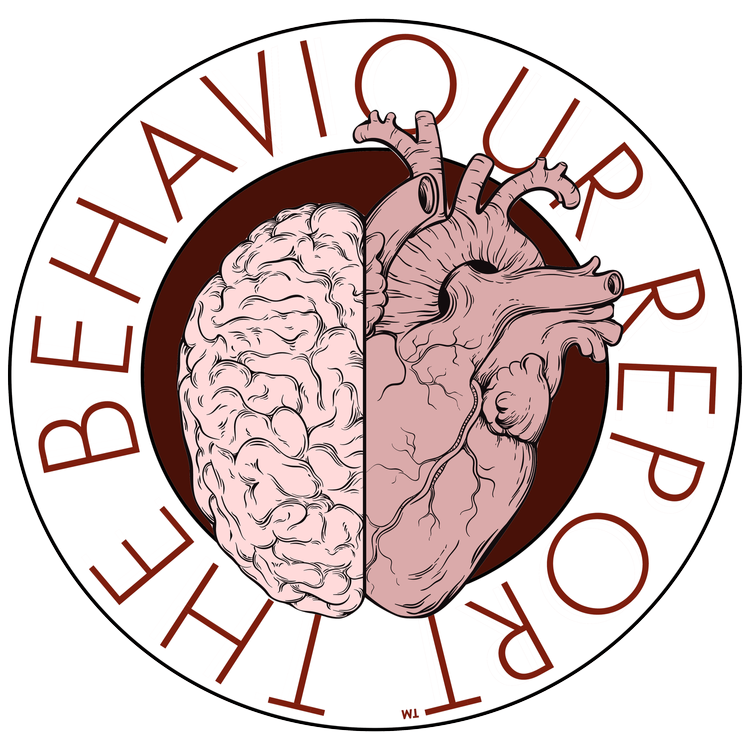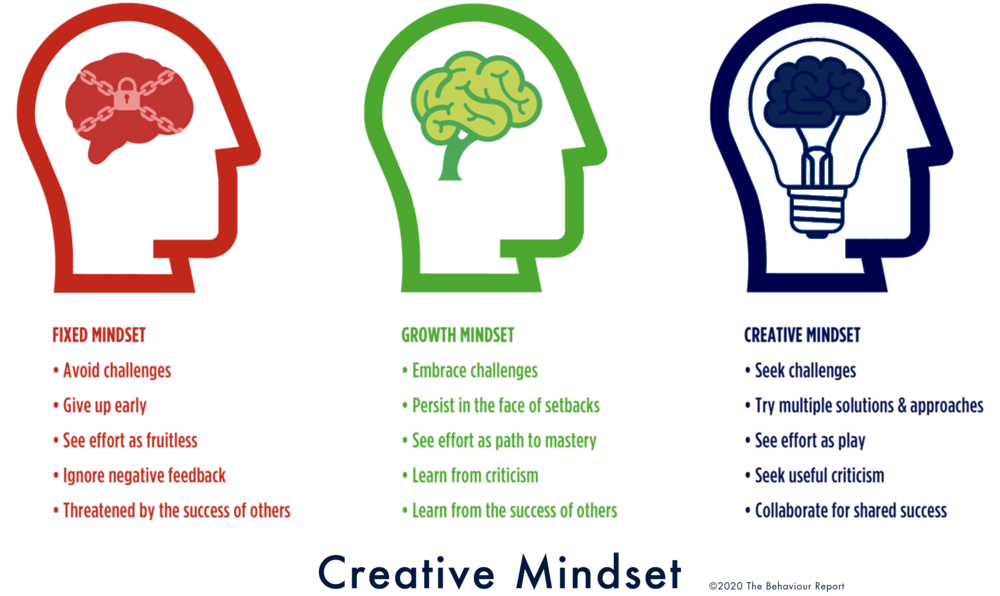by Kieran Flanagan @ThinkKieranF @TheBehaviourRpt #Communication #Brand #Leadership
What makes you great at your job isn’t necessarily what will make you a great leader. In fact, technical capability isn’t always necessary, nor alway an asset as you climb the ladder of influence and responsibility.
Of course, there are many facets to leadership, but perhaps the one that is most important and leadership-defining is communication. And yet, this capability is almost always the largest skills gap I find in teams of organisations, large and small, all around the world. And, anecdotally, it appears that the more technically skilled the professional, the less skills they possess in the various professional communications functions.
Now, I don’t want to complain too loudly about this gap, as frankly, closing it helps me pay my mortgage. However, what I do want to put a spotlight on is why it matters and what it looks like, because, while communication is a critical skill for anyone in business, academia or social enterprise, at a leadership level, it can be make or break.
So let’s start with a shared understanding and belief that leadership communication is a not-so-soft skill. The ability to engage, shift public opinion, navigate conflict and bring a vision and purpose to life is no small undertaking. It gives us access to funds for our work, helps us create engagement in the marketplace and our communities, attracts top talent and keeps them interested as well as helping us navigate times of discord and conflict.
So what are the key leadership communication skills? Let’s call these, “The language of leadership."
Personal Brand
Your personal brand might best be thought of as a proclaimed introduction that announces your appearance in every room before you enter. It handles objections before they arise, elevates your authority in the room and amongst your peers and sets a clear agenda around who you are and what you are about.
Too often this is seen as a frivolous exercise or a “nice-to-have,” or worse, as a set and forget - like a resumé you bashed out when you left school or university and haven’t revisited in years.
At best, your personal brand should amplify your leadership, to ripple out through brand stories that help define values, behaviours and expectations.
Presentation Skills
We’ve all either seen a train wreck of a presentation, or given one. And it doesn’t matter if it’s in a board room, at the AGM or as part of a team or industry conference, it just feels awful.
We’ve also seen it when it goes well and gazed in wonder (if not outright jealousy) at leaders who have a messianic ability to move a room to ascension, acquiescence and action.
Unfortunately, we often see this as an innate talent rather than as a learned skill, and nothing could be further from the truth.
This capability, the capacity to move people, lift them, inspire them and drive them through your words is a critical leadership capability that is far too important to be left to chance and the last moment.
Mentoring & Coaching
A friend of mine, Richard Hodge, asserts that “mentorship is leadership,” and he has the personal visage of Gandalf from Lord of the Rings to really make the point convincingly.
If we think about traditional models of leadership and people development, say the Master and Apprentice relationship, we can see how this has historically played out. A master of a trade would not only employ a young apprentice but would educate them, nurture their character, share life lessons with them to help them better navigate an often political and fraught world and ultimately, prepare them for leading and mentoring their own charges in the future.
In other word, there is a level of intimacy and care in every relationship - even those that are formed around leadership and professional outcomes.
Thought Leadership
Thought leadership might be thought of as communication in thought and action. Often times, when I’ve been asked to develop next generation leaders as part of a 6 or 12 month program, I’ll help them develop a thought leadership project.
What this amounts to, is helping them each identify a critical issue or breakage point within their organisations that is either costly in time and money, or else causes reputational damage. Then we’ll ideate a few solutions, prototype and test our hypotheses and ultimately, create a presentation and pitch to make to the board and the senior leadership team at the end of the program.
The outcome is, these young leaders become thought leaders in some aspect of the business, typically an issue that has significant bottom line or social implications, and it also helps elevate their influence with senior leaders and the board. In other words, it demonstrates their capacity to lead in thought and deed to those who they need to engage in order to “lead up.”
Strategic Clarity
MIT Sloan recently published the results of a study suggesting that fewer than 28% of executives and managers charged with executing strategy could name three strategic priorities. Their direct reports faired even worse and reported that they considered their leaders’ communication skills to be twice as bad as their leaders rated themselves. Ouch!
What this practically translates to, is organisations and teams who are busy running off strategy, or just as importantly, are frozen in indecision for a lack of clarity. Clarity of strategy only works if it leads to clarity of leadership communication.
Managing Hostiles
We all have people who are probably best described as “challenging,” either in our organisations, directly in our lines of reporting or else surrounding and hampering the work we do. These can be internal “hand-brakes” or environmental players such as people in the marketplace, the community or culture we operate in and even stakeholders who have a vested interest in our success.
No matter where we find them, it is communication that is the critical skill to making sure they are on board, or at worst, not sabotaging the work we do.
Three aspects of conflict-avoiding communication to consider in this are:
Inviting hostiles in to help us co-create our strategic solutions - it’s a lot harder to “white ant” a strategy when your fingerprints are all over it.
Align your values with theirs - in other words, learn to communicate in their palette or “language,” or through their personal values and frames of reference.
Developing self-awareness as a leader - which means being willing to look at why you may be putting people off and working on how you might correct this impression.

